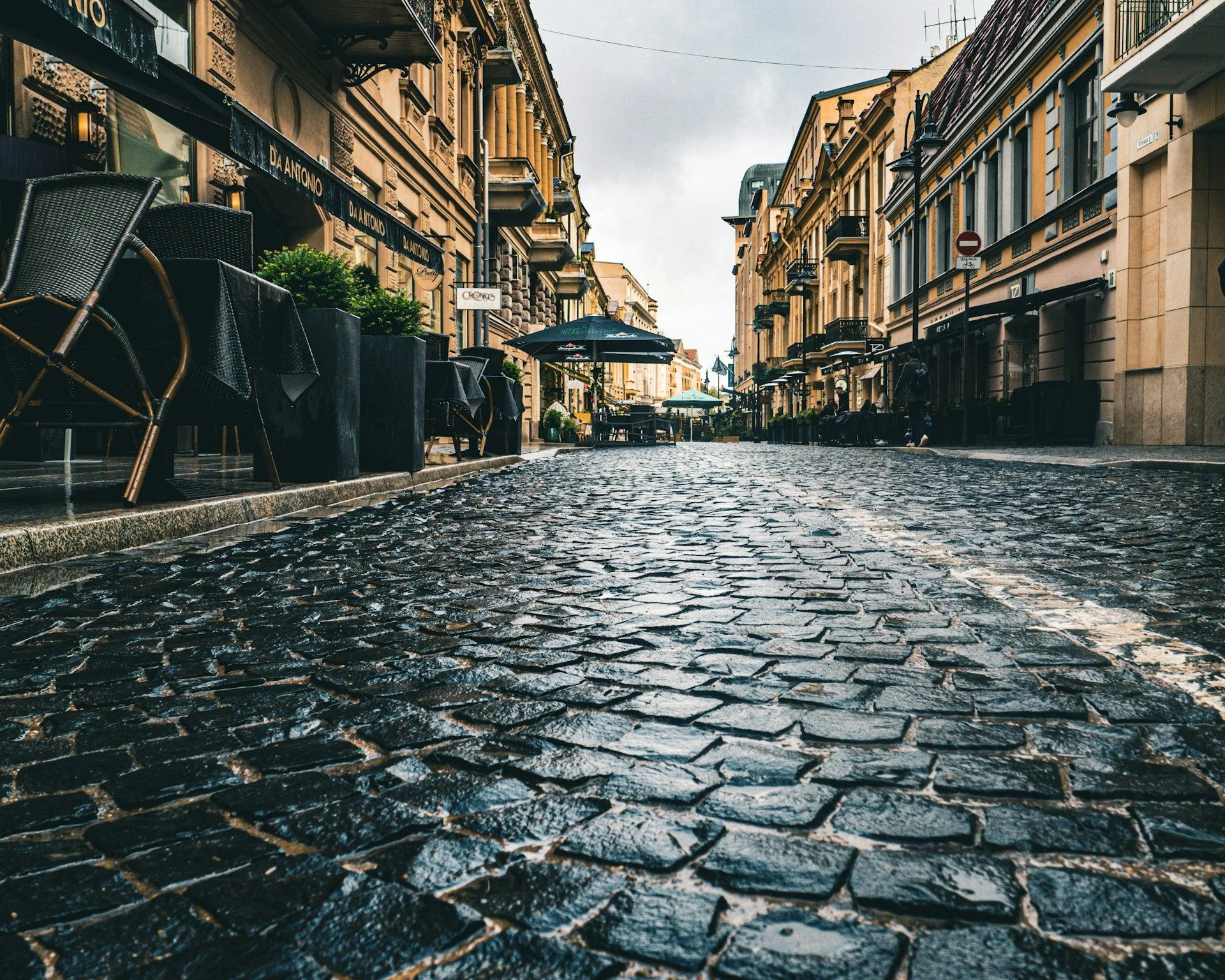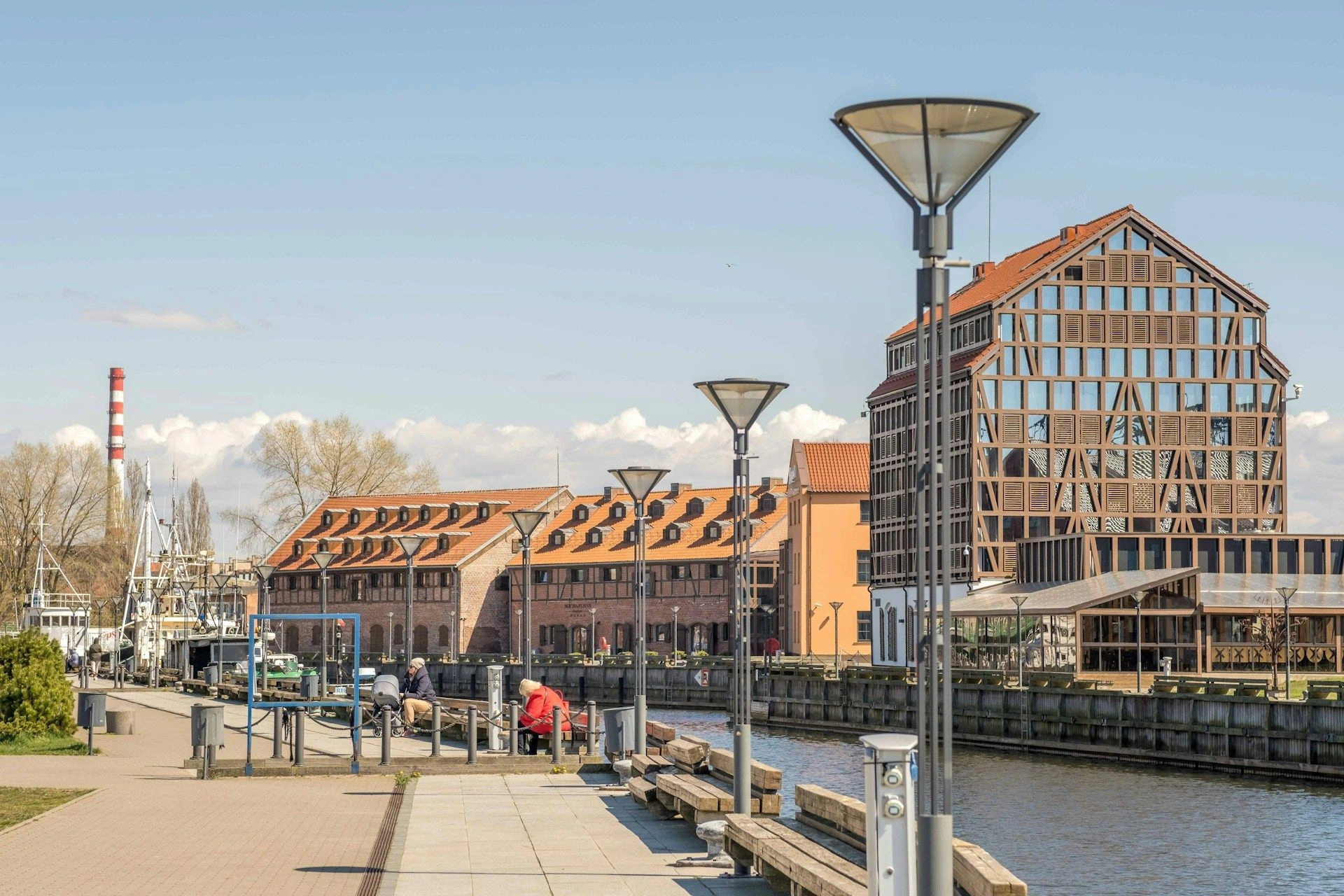Re-Sale Property Market in LithuaniaReal estate between riverstowers and markets

Best offers
in Lithuania
Benefits of investment in
Lithuania real estate
Baltic market with European accessibility
Vilnius offers affordable, high-quality living with full EU legal protections.
Stable demand from professionals and tech sector
Country’s growing IT industry supports steady rental and resale activity.
Clear ownership rights for international buyers
Foreign investors can purchase and manage property with ease and confidence.
Baltic market with European accessibility
Vilnius offers affordable, high-quality living with full EU legal protections.
Stable demand from professionals and tech sector
Country’s growing IT industry supports steady rental and resale activity.
Clear ownership rights for international buyers
Foreign investors can purchase and manage property with ease and confidence.

Useful articles
and recommendations from experts
Main title about secondary real estate in Lithuania
Why secondary properties attract buyers
Secondary real estate in Lithuania presents homebuyers and investors with immediate access to fully operational Baltic properties—something seldom matched by off-plan developments subject to permitting delays, material shortages and construction uncertainties. Across Lithuania’s three largest cities and coastal resorts, pre-owned apartments, townhouses and villas come turnkey ready, with all utilities commissioned and modern finishes complete. Each property is seamlessly connected to potable water from regional suppliers, uninterrupted power via Litgrid and Energijos skirstymo operatorius (ESO) networks with generator backups, robust combined sewer and storm-water drainage maintained by municipal authorities, and well-maintained asphalt roads. Telecommunications infrastructure includes high-speed fibre-to-the-home broadband from Telia, Bite and Telia Lietuva, complemented by comprehensive 4G/5G mobile coverage. Interiors often retain authentic Lithuanian detailing—solid oak flooring, hand-painted tile accents and oversized windows—while boasting contemporary upgrades: energy-efficient triple glazing, bespoke open-plan European kitchens with integrated Bosch or Siemens appliances, reinforced concrete footings engineered for local glacial soils, integrated solar-thermal water heating, ductless split-system climate control, under-floor heating and pre-wired smart-home controls. This genuine move-in readiness slashes carrying costs and accelerates rental cash flows, enabling homeowners, corporate relocations, student tenants and yield-focused investors to start generating returns or enjoying premium Baltic living from day one.
Established neighbourhoods
Lithuania’s secondary-market ecosystem is anchored by several mature precincts, each offering unique lifestyle and investment advantages. Vilnius Old Town and Užupis combine centuries-old architecture with renovated loft conversions just steps from business districts and cultural venues, commanding strong short-stay and long-term rents. Žvėrynas and Antakalnis, with leafy boulevards and riverfront promenades, host stately townhouses and renovated Soviet-era blocks—favoured by families and diplomatic staff. In Kaunas, Žaliakalnis and Senamiestis mix interwar tenement houses and contemporary infill apartments near universities, hospitals and tram lines, delivering balanced rental demand from students and professionals. Klaipėda’s Old Town, the Seaside Belt and Melnragė beach precinct include renovated masonry houses and seaside condos with direct access to Baltic beaches and ferry links to Sweden. Emerging belts along Vilnius’s Pilaitė and Pašilaičiai suburbs, Kaunas’s Panemunė district and Palanga’s city centre present value-add prospects in subdivided Soviet flats and converted villas—driven by ongoing civic upgrades, park renovations and beach-infrastructure improvements. Across all micro-markets, reliable civic services—sealed roads, scheduled waste collection, high-speed fibre nodes and integrated public transport—operate seamlessly, minimising post-purchase capital expenditure and ensuring smooth tenant assimilation.
Who buys secondary real estate
The buyer profile in Lithuania’s resale segment is diverse. International corporate transferees and embassy staff secure turnkey apartments and family homes in Vilnius’s top school zones, valuing all-inclusive leases, gated security and proximity to multinational offices. University lecturers and students at Vilnius University, Kaunas University of Technology and Klaipėda University lease or purchase studio flats and one-bedroom apartments in central precincts, drawn by inclusive utility billing and smart-home fittings. Holiday-let entrepreneurs and boutique hotel operators acquire heritage villas and seaside condos in Palanga and Nida to capitalise on high summer season occupancy and robust off-season demand. Local young professionals and digital nomads purchase compact lofts and two-bedroom flats near coworking hubs in Vilnius’s Tech Park and Kaunas’s Startup Space. Diaspora investors from the UK, Germany and Scandinavia target small multifamily blocks and subdivided heritage townhouses in emerging belts—guided by VelesClub Int.’s market analytics, occupancy metrics and clear exit-strategy modelling. Each segment values genuine move-in readiness, transparent title histories and integration into mature infrastructure networks that underpin predictable yields and capital growth.
Market types and price ranges
Lithuania’s secondary-real estate offering spans a full continuum of property typologies and price tiers. Entry-level studio apartments and one-bedroom flats in Vilnius’s Šnipiškės district, Kaunas’s Dainava micro-region and Klaipėda’s Smiltynė fringe start from approximately €60,000 to €120,000—featuring turnkey finishes, communal amenities and proximity to tram or bus stops. Mid-range two- to three-bedroom apartments, duplex townhouses and low-rise condominium units in Žvėrynas, Senamiestis and the Seaside Belt trade between €130,000 and €300,000, offering granite countertops, modern bathroom suites, private balconies or gardens, secure parking and leisure facilities. Premium detached villas, restored Art Deco mansions and luxury penthouses in Antakalnis, Kaunas’s historic core and Palanga’s Jūratė precinct command €350,000 to over €700,000—driven by waterfront frontage, bespoke interior fit-outs, landscaped gardens and branded concierge services. For institutional and portfolio investors, small multi-unit developments (4–8 units) in emerging corridors—Pilaitė, Panemunė and Nida’s resort expansion zone—list from €250,000 to €550,000, delivering diversified rental streams, scale efficiencies and low vacancy. Financing through SEB, Swedbank and Šiaulių bankas offers competitive mortgage rates (2.0%–3.5% per annum) with typical down payments of 15%–25%, while documented net rental yields average 4%–6% per annum across prime corridors.
Legal process and protections
Acquiring secondary real estate in Lithuania follows a well-defined conveyancing framework under the Civil Code and the Law on Real Estate Register. Transactions commence with a signed preliminary agreement and payment of a deposit—commonly 10% of the sale price—held in escrow by a licensed notary. Buyers conduct due diligence: obtaining an excerpt from the Real Estate Register to verify title, encumbrances and cadastral boundaries; commissioning boundary and structural surveys by certified surveyors; ordering building-condition, energy-performance and pest inspections; and auditing utility-connection statuses with regional providers. Upon satisfactory review, parties execute the notarial deed; property transfer tax (2% of declared value), notarial fees and registration charges are paid. The deed is then recorded in the Real Estate Register, granting formal title and public notice. EU/EEA nationals face no acquisition restrictions; non-EU buyers require a special permit only for agricultural land. Statutory safeguards include warranties against latent defects and recourse through Lithuanian courts. VelesClub Int. orchestrates end-to-end legal coordination—due-diligence management, notary liaison and registry filings—to ensure compliance, mitigate risks and deliver a seamless closing for domestic and international clients.
Best areas for secondary market
Certain micro-markets in Lithuania stand out for infrastructure maturity, amenity clustering and rental performance. Vilnius’s Old Town and Užupis precincts yield net returns of 4%–5% driven by tourism, diplomat and academic tenancy. Žvėrynas and Antakalnis deliver yields of 4%–6% backed by family leases and embassy relocations. Kaunas’s Senamiestis and Žaliakalnis achieve yields of 5% supported by corporate and student rentals. Klaipėda’s Seaside Belt and Melnragė sustain yields of 5%–7% from holiday-lets and wellness tourism. Emerging belts along Vilnius’s Pilaitė district, Kaunas’s Panemunė corridor and Palanga’s Jūratė zone present value-add prospects—yielding near 6% as civic upgrades and beachfront developments progress. Each precinct benefits from sealed roads, reliable utility mains, high-speed broadband, integrated tram, bus and ferry networks, and proximity to schools, hospitals and cultural venues—ensuring transparent pricing, consistent occupancy and strong resale liquidity. VelesClub Int.’s proprietary neighbourhood-scoring methodology and on-the-ground research guide clients to sub-markets that best align yield targets, capital-growth forecasts and lifestyle preferences within Lithuania’s dynamic secondary real-estate ecosystem.
Why choose secondary over new + VelesClub Int. support
Opting for secondary real estate in Lithuania delivers immediate possession, proven infrastructure and transparent historical performance—advantages rarely matched by speculative new-build developments subject to planning delays, supply-chain volatility and labour shortages. Buyers avoid pre-launch premiums and extended delivery timelines by selecting turnkey assets with operational utilities, reinforced foundations and clear title chains already in place. Secondary properties often showcase irreplaceable Baltic architectural character—Art Nouveau façades, timber-beam ceilings and hand-painted tile mosaics—that new constructions cannot replicate, enhancing cultural authenticity and long-term desirability. Lower entry premiums relative to greenfield or off-plan schemes free up capital for interior personalization, sustainable upgrades (solar PV installations, rainwater harvesting) or strategic portfolio diversification across multiple Lithuanian micro-markets. Mature neighbourhood services—reliable municipal water, uninterrupted electricity, sealed roads, integrated public transport and high-speed fibre broadband—ensure seamless move-in and minimal post-purchase maintenance. VelesClub Int. enriches this acquisition journey with comprehensive end-to-end expertise: sourcing exclusive off-market listings, conducting exhaustive due-diligence, negotiating optimal terms and managing all legal formalities. Our post-closing property-management solutions—tenant placement, preventive maintenance coordination and transparent performance reporting—optimize occupancy rates and preserve capital value over time. Through proactive portfolio monitoring, annual market reviews and strategic advisory, VelesClub Int. empowers clients to maximize Lithuania’s secondary real estate potential with confidence, clarity and operational efficiency.



